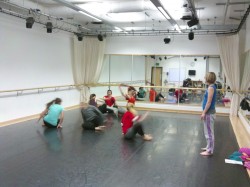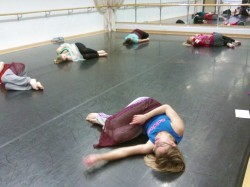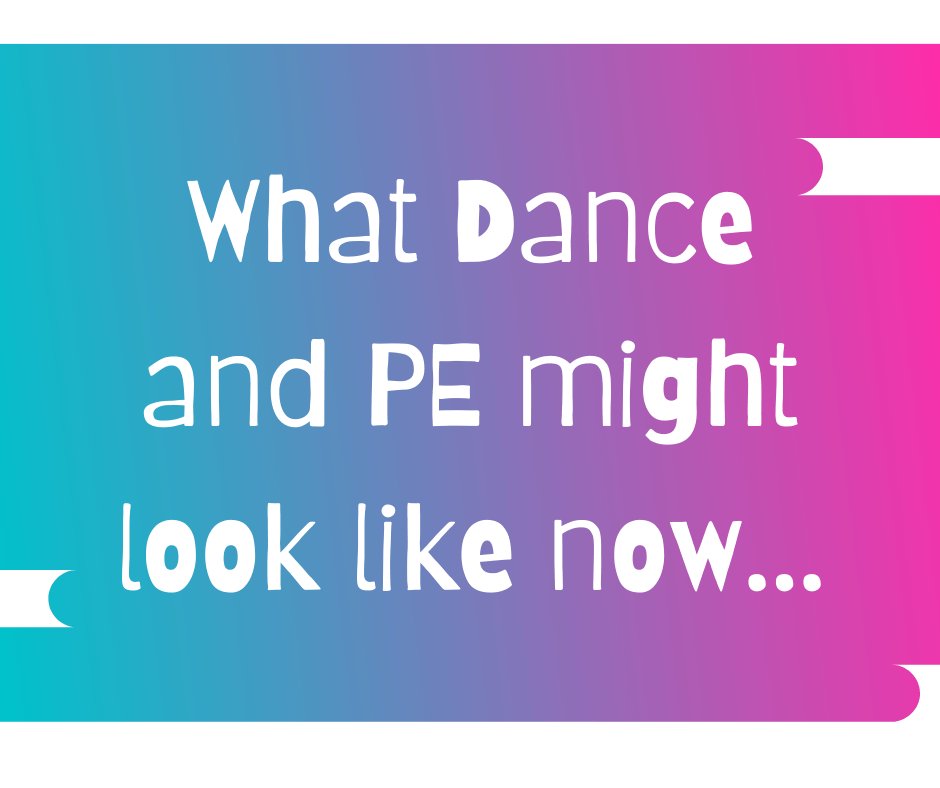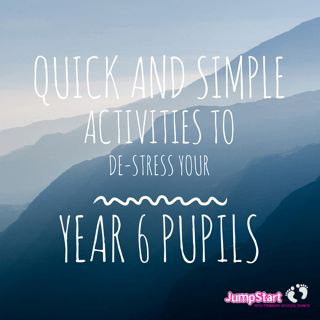If you've read the AfPE guidelines (or our recent blog about it here) you will…
The Principles of a Good Dance Class
I’ve been teaching this week at Leicester College – students on the Foundation Degree in Dance. Today’s workshop focused on how to teach dance in primary schools, which got me thinking about what actually constitutes a good dance class.
Your session has to have a clear structure: warm up, main activity and cool down. Not only is it essential to mobilise children’s bodies and get their pulses raised during a warm up, it’s about introducing the theme and exploring some of the techniques / movements / styles from the main part of the session. It sets the tone of the dance class and familiarises the children with the activities ahead. A thorough cool down helps to ensure the mind is re-focused and children calmed down through gentle movements and stretches.
The main part of the dance session is about exploring a theme or a style of dance, which can be approached in any number of ways. Often I start by teaching a short phrase of dance, perhaps 4 counts of 8. Or I begin with some specific actions (normally 4-6 different movements) which introduce the theme or a particular style of dance. Then there should be opportunity to explore the topic through improvisation (spontaneous movement) and / or a choreographic task. This might take the form of a solo / duet / trio that the children create based on the theme that has been introduced. As dance is a performing art, therefore children should be given the opportunity to perform as well as appreciate it as an audience member in each session.
For example, one sessio n I taught the students today focused on Firefighters (part of my People Who Help Us dance class in a box). The warm up introduced the idea of travelling forwards, backwards and sideways (one of the movement objectives of my session). I then taught 7 different actions that firefighters might do, such as climbing up ladders, crawling under noxious fumes and rolling through doorways (which also travelled forwards, backwards and sideways). Once these actions had been established, opportunities were given for participants to choreograph their own duets based on new firefighter actions. These duets were then performed to the rest of the class, who observed and gave feedback. The session finished with half the group becoming the fire (with the help of scarves!), whilst the other half performed their firefighter actions to reach the blaze and put the fire out.
n I taught the students today focused on Firefighters (part of my People Who Help Us dance class in a box). The warm up introduced the idea of travelling forwards, backwards and sideways (one of the movement objectives of my session). I then taught 7 different actions that firefighters might do, such as climbing up ladders, crawling under noxious fumes and rolling through doorways (which also travelled forwards, backwards and sideways). Once these actions had been established, opportunities were given for participants to choreograph their own duets based on new firefighter actions. These duets were then performed to the rest of the class, who observed and gave feedback. The session finished with half the group becoming the fire (with the help of scarves!), whilst the other half performed their firefighter actions to reach the blaze and put the fire out.
Today we also explored the ‘Cars’ for Foundation Stage, which used props to help us create pot holes, roundabouts, car park spaces, muddy puddles and road maps for others to follow. The Key Stage 2 session focused on The Victorians and we created an ‘Industrial Revolution’ dance inspired by the opening ceremony of the Olympics.
“The whole experience of today has been useful as it’s given me an insight into how to teach young children and the strategies on how to teach with different age groups…[it’s] made me feel a lot more confident about how to teach” Leicester College FD dance student
If you would like more information on how to teach dance, guidance on themes and topic selection, or the Dance Class in a Box resources, contact me at [email protected].




